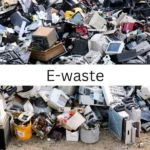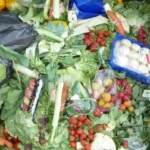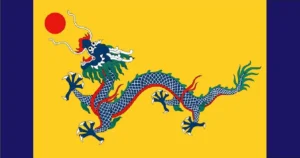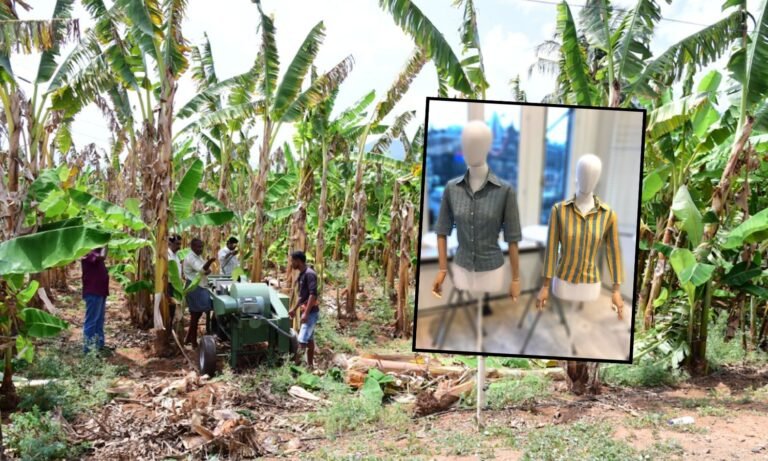An estimated that 250 million single-use nappies are thrown away daily worldwide – ending up in landfills, the environment, or incinerated
In the ‘olden days’ nappies were made of terry cloth and safety pins which needed to be changed up to 15 times a day before being soaked, washed and dried.
Single-use or disposable nappies are made from wood pulp, cotton, viscose rayon, and several plastics – polyester, polyethylene and polypropylene – according to a 2021 report from the United Nations Environment Programme (UNEP).
In 2019, Vanuatu – a South Pacific archipelago of 65 islands with a population of 300,000 – announced a plan to ban disposable nappies due to their environmental impact. Yet the pushback was swift, with locals highlighting the lack of available alternatives.
Cost is one barrier to the greater take-up of reusable nappies. Globally, upfront costs for reusable nappies are higher than single-use nappies, but they are more cost-effective in the long run.
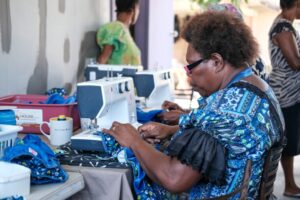
A woman making a reusable nappy on the Vanuatu island of Efate. Photo by: Mamma’s Laef
In an effort to promote reusable nappies in Vanuatu, Bambino Mio worked with local social enterprise Mamma’s Laef to help it produce reusable nappies on the island of Efate in an effort to build a sustainable, job-creating local industry. Part of this involved a community trial to educate locals about the benefits of reusable nappies. The feedback was overwhelmingly positive, with 96 per cent of participants saying they liked the reusable nappies, and 85 per cent saying they wanted to buy them.

